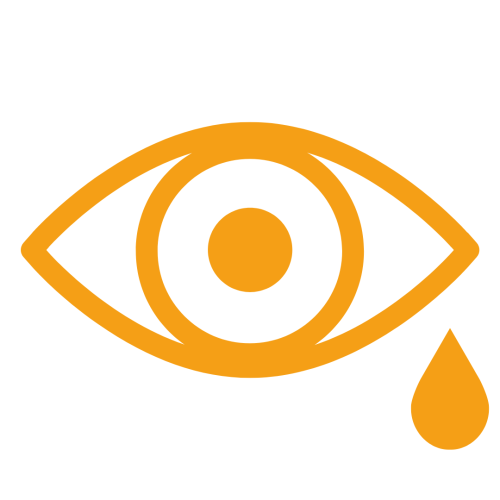
Dry Eye
Are you bothered by irritated or watery eyes?
Do your eyes often feel dry, itchy, or watery?
Does reading, computer work, or certain environments make your eyes feel scratchy, burning, or tired?
If you answer yes” to any of these questions, you may have a dry eye disease.
What is dry eye?
Dry eye disease is a chronic condition affecting millions of people worldwide, characterised by insufficient tear production or poor tear quality. This multifactorial disorder can significantly impact your quality of life, causing discomfort during daily activities such as reading, computer work, or driving.
Your tears comprise three essential layers: an outer lipid layer that prevents evaporation, a middle aqueous layer that provides moisture and nutrients, and an inner mucin layer that helps tears adhere to the eye surface. When any of these components are compromised, dry eye symptoms develop.
Recognising the Symptoms
Dry eye disease presents with various symptoms that may seem contradictory. Patients often experience:
Primary symptoms include persistent dryness, burning or stinging sensations, grittiness or the feeling of sand in the eyes, and intermittent blurred vision that clears with blinking. Many patients describe a foreign body sensation or the feeling that something is constantly irritating their eyes.
Secondary symptoms can include excessive tearing (as the eye attempts to compensate for dryness), sensitivity to wind or air conditioning, difficulty wearing contact lenses comfortably, and eye fatigue during prolonged visual tasks. Some patients notice their symptoms worsen throughout the day or in specific environments.
Symptoms of dry eye
- Dryness, burning, stinging, grittiness
- Irritation from wind or smoke
- Blurred/smeary vision
- Tired eyes, red eyes
- Excessive watering
- Light sensitivity
- Contact lens discomfort
Post Lasik and cataract surgery dry eye
Dry eyes can be a complication after LASIK and cataract eye surgery. Dry eyes typically peak in the first few months after surgery, and symptoms improve for most patients within 6–12 months. Symptoms include fluctuation in vision, irritation, pain, redness, and a foreign body sensation.
Around 95% of patients experience dry eyes after cataract and LASIK, although most notice significant improvements over time.
If you have had Lasik or cataract surgery and are struggling with dry eye symptoms, you may want to consider a consultation to see how your problem may be addressed.
We can help you
We understand that dry eye disease can significantly impact your professional and personal life. Whether you’re experiencing difficulty with prolonged reading, computer work challenges, or general discomfort throughout your day, we’re dedicated to restoring your ocular comfort and visual clarity.
Our practice combines clinical expertise with genuine understanding of how dry eye disease affects your daily activities. We take time to listen to your concerns and develop treatment plans that fit seamlessly into your lifestyle while delivering optimal therapeutic outcomes.
We offer specialist dry eye appointments where we can discuss your symptoms and assess your tear film before prescribing a treatment plan tailored to your individual needs.
Taking the Next Step
If you’re experiencing symptoms of dry eye disease, we encourage you to schedule an evaluation. Early intervention often leads to more effective treatment outcomes and can prevent the progression of symptoms that might otherwise interfere with your quality of life.
We will conduct a thorough assessment of your symptoms and discuss treatment options specifically suited to your condition and lifestyle requirements. Our goal is to provide you with lasting relief and the knowledge to maintain optimal eye health for years to come.
Call us today to book an appointment to discuss your dry eye concerns.
Click here to visit our Videos Page for instructional videos relating to dry eye disease.


